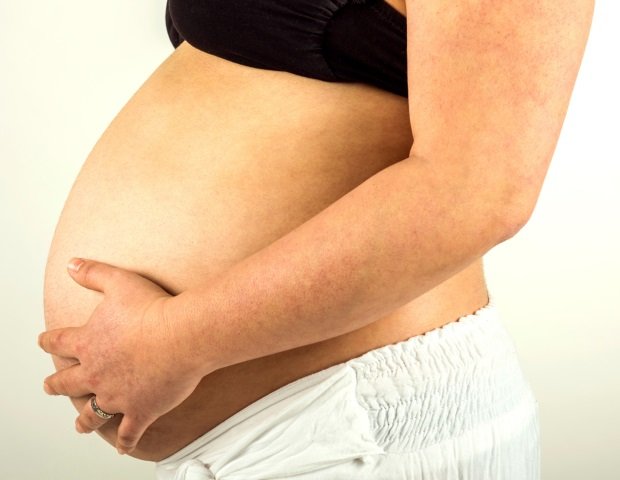A UAB-led study analyzed the brains of women during pregnancy for the first time using neuroimaging techniques. The study included non-pregnant mothers whose partners were pregnant to distinguish biological effects from those caused by the mother’s experience. The research shows that there is a reduction and partial recovery of almost 5% of gray matter in 94% of the total gray matter volume of the brain, especially in areas associated with social cognition.
Researchers from the Universitat Autònoma de Barcelona (UAB), the Gregorio Marañón Health Research Institute and the Hospital del Mar Research Institute, together with other recognized international institutions, have published the first longitudinal neuroimaging (MRI) study in a group of more than a hundred women who are looking to become mothers for the first time. The findings reveal a dynamic pathway in the brain during pregnancy and postpartum that is significantly linked to steroid hormone fluctuations inherent to pregnancy and to the mothers’ psychological well-being. The article, led by Camila Servin-Barthet and Magdalena Martínez-García as first authors and moderated by Òscar Vilarroya and Susana Carmona, was recently published in the prestigious journal Nature Communications. This study, which received a grant of 972,414 euros from the “la Caixa” Foundation to be carried out, represents a crucial advance in maternal brain research.
In all, the researchers analyzed the brains of 179 women to study the structural changes that occur during the second and third trimesters of pregnancy and the first six months after giving birth, using a preconception scan as a baseline. For the first time, this cohort includes a group of nonpregnant mothers as a control group: women whose partners underwent pregnancy during the study. Including this group of women made it possible to determine that the trajectory of brain changes is attributed primarily to the biological process of pregnancy, rather than the experience of becoming a mother.
This work revealed that, during first pregnancy, gray matter volume in the brain decreases by up to 4.9%, with partial recovery in the postpartum period. These changes are seen in 94% of the brain, and are particularly prominent in areas associated with social cognition. The study also demonstrates, for the first time, that the development of these morphological changes in the brain is associated with fluctuations in two estrogens (estriol sulfate and estrone sulfate), hormones that increase exponentially during pregnancy and return to baseline levels. after delivery. Specifically, the researchers observed that a greater increase and subsequent decrease in estrogen levels was associated with a greater decrease and subsequent recovery in brain gray matter volume.
Finally, analyzing the potential influence of brain changes on maternal behavior, this study found that women with a higher rate of gray matter volume recovery during childbirth reported greater bonding with their infant at 6 months postpartum, and that the Maternal well-being is a key factor that positively enhances the association between brain changes and mother-child bonding.
This study, which comprehensively characterizes regulatory changes in the brain during pregnancy and postpartum, stands out for both its sample size and rigorous methodological control, including carefully selected cohorts that allowed distinguishing changes associated with with pregnancy than those associated with the experience of motherhood. The data obtained not only provide a key reference for understanding the neurobiology of the maternal brain, but also serve as a basis for future studies analyzing other neuroimaging methods and more diverse samples, including women with clinical conditions such as postpartum depression, allowing progress towards a more complete and applied understanding of the brain in this vital period.
Source:
Journal Reference:
Servin-Barthet, C., et al. (2025) Pregnancy Implicates a U-Shaped Trajectory in Human Brain Structure Linked to Hormones and Maternal Attachment. Nature communications. doi.org/10.1038/s41467-025-55830-0.
